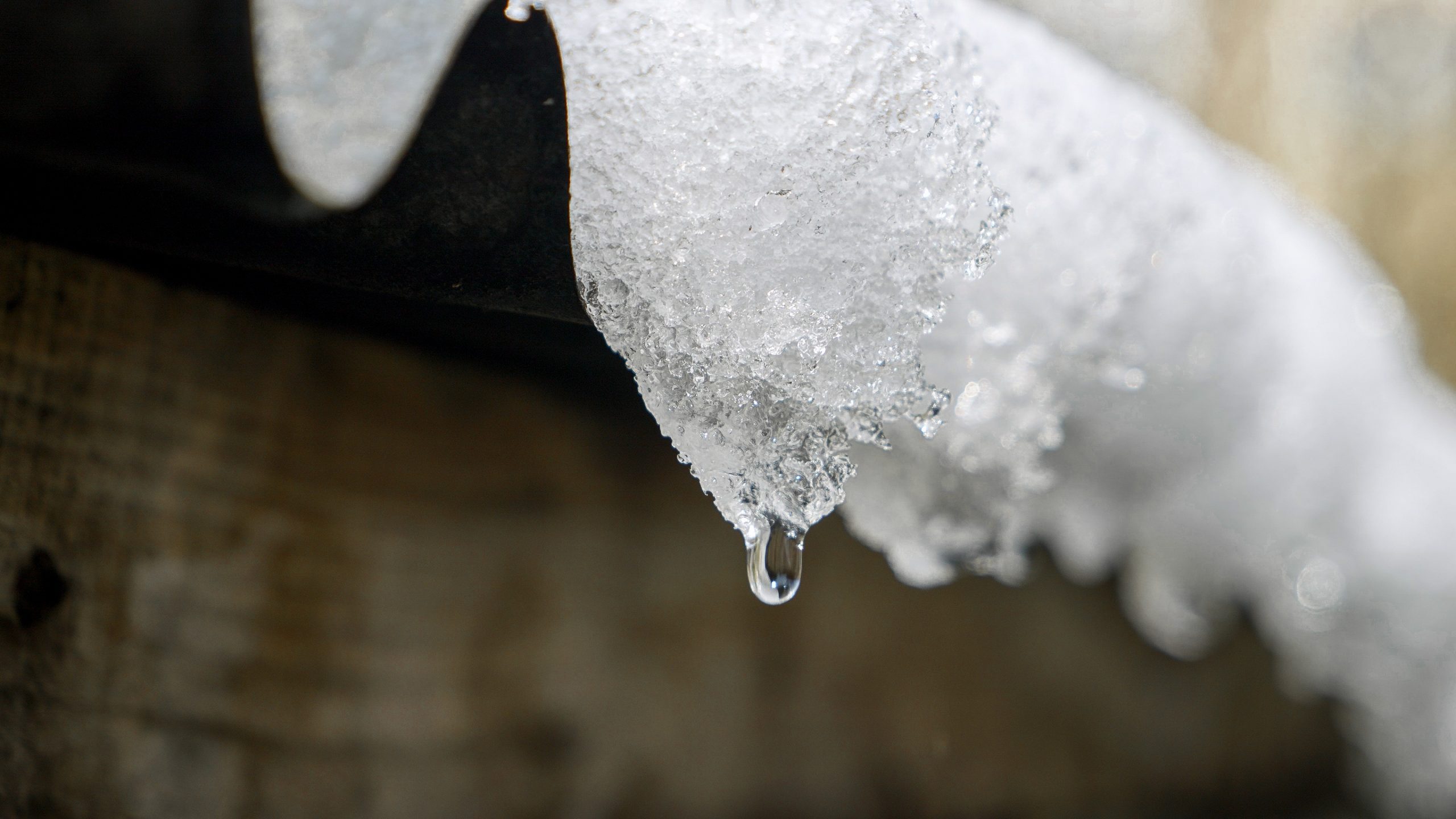The winter season can be the harshest because of the extreme temperatures and weather conditions like ice and snow. The combination of these elements can create ice dams within the gutters. This will result in snow piling up on the gutters and roofline, and blocking the downspouts from diverting water away from the home.
How do I protect my gutters in the winter
The best way to protect the gutters of your home in the winter is to clean the gutters at least twice a year and on a routine basis. Cleaning the gutters in late fall and early spring will remove dirt and debris for the upcoming seasons. Leaves, twigs, and other debris can collect in the gutters making it nearly impossible for water to flow efficiently.
Another simple but effective protection of the gutters is to have your attic properly insulated. The insulation will cause snow and ice to melt from the roof and drain into the gutters. When these elements do not melt, it will pile up at the roofline causing damage to both the roof and gutters due to the extra weight.
Lastly, a gutter guard can be placed on the guttering to detract from debris, ice chunks and excessive snow from entering the gutter and resulting in ice dams and blockages. A good example of this is the Homecraft Gutter Protection. It is made from a stainless steel micro-mesh that is finely woven and will only allow water into the gutters.
How do I keep my gutters from freezing in the winter
If you live in an area that is prone to having freezing and extreme temperatures, having your gutters freeze is a real concern. But there are things that a homeowner can do to avoid this from happening. First, keep your gutters clean. This is the #1 way to avoid many of the pitfalls that happen to the gutters of a home. Although not the only solution, many problems can be avoided by simply keeping the gutters clean. Secondly, sprinkle a small amount of sodium chloride into the gutters – not rock salt. This will promote melting of any frozen precipitation or water freezing in the gutters. Next, make sure the gutters are sloped and that water is flowing towards the downspouts. Water that stands still will freeze. And lastly, check to make sure the roof is properly insulated.
What can I put on my gutters so they don’t freeze
Even though a homeowner has taken all the necessary precautions to avoid their gutters from freezing, you may still need to take extra measures if the weather conditions become excessive or extreme. The use of a gutter heater can help to interfere with the ice formation. These should only be used when temperatures are going to be well below freezing and there is a threat of ice forming and damming the gutters. It is best to research and find the best solution for your guttering system and needs of your home.
What can I put in my gutters to melt ice
There are several ways to melt ice from the gutters of your home. One may consider sprinkling an ice melt product that will melt ice as it enters the gutters. This could be a sodium chloride or other gutter-safe chemical. Another way to temporarily melt ice is to pour hot water onto the ice. This will rid the gutter of ice dams and quickly get water flowing again.
Conclusion
The winter months can wreak havoc on gutters, but there are definitely ways to avoid costly damages that can occur due to the weather. Homeowners will need to pay attention to the amount of weather that they may receive in a winter season and then plan accordingly. If you live in an area that receives a lot of precipitation, then you may want to consider replacing your guttering system with gutters that are made for heavy snow.
The health of your gutters can have a drastic effect on how water flows and is diverted from the home, which in the end will save you time and money from costly repairs.

